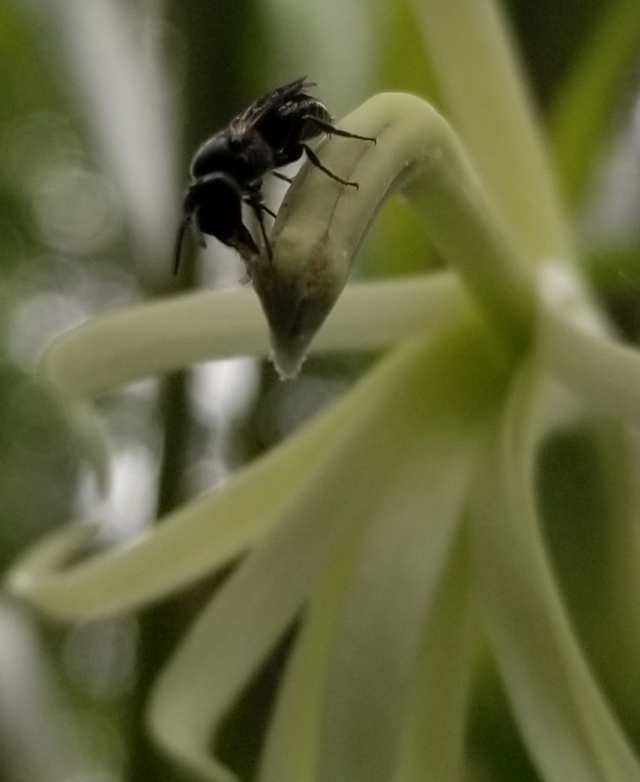Pollination and nectar larceny by birds and bees in novel forests of the Hawaiian Islands
DOI:
https://doi.org/10.26786/1920-7603(2021)640Keywords:
pollination, nectar larcency, nectar robbing, novel ecosystems, extinction driven change, invasion impactsAbstract
The extinction of native species and introduction of non-native species may lead to the disruption of biotic interactions. Pollination is a critical ecosystem process that often requires mutualisms between animals and plants. Non-native animals may interact with native flowering plants, with the potential to pollinate or steal nectar (larceny) from flowers without pollination. In the Hawaiian Islands, many native plants have lost their original pollinators. Birds and insects are known to visit native plant flowers, but it is unclear whether they pollinate or steal nectar, whether native and non-native species differ in their interactions with flowers, and what influences visitation to flowers. On Oʻahu, we deployed camera traps and conducted in-person observations on four at-risk species of Hawaiian lobelioids (Campanulaceae). We observed birds, mammals, and insects visiting flowers, with a native bird and native bee visiting most frequently. Regardless of native versus non-native status, bees made contact with reproductive structures during most visits (90.5% of visits), while birds stole nectar during most visits (99.3% of visits). Bee and bird visitation increased with the number of flowers on focal plants. Bird visitation also increased with canopy cover and the number of nearby conspecific flowers and decreased with the number of nearby heterospecific flowers. Our results indicate that bees may pollinate plants that were historically bird-pollinated, while native and non-native birds have neutral or negative impacts on these plants. Broadly, we contribute to an understanding of how native plant pollination can be altered in changing ecosystems.

Downloads
Additional Files
Published
How to Cite
Issue
Section
License
Copyright (c) 2021 Pryce W Millikin, Samuel B. Case, Corey E Tarwater

This work is licensed under a Creative Commons Attribution 4.0 International License.
JPE is an open access journal which means that all content is freely available without charge to the user or his/her institution.
Authors who publish with this journal agree to the following terms:
1) Authors retain copyright and grant the journal right of first publication with the work simultaneously licensed under a Creative Commons Attribution License that allows others to share the work with an acknowledgement of the work's authorship and initial publication in this journal.
2) Authors are able to enter into separate, additional contractual arrangements for the non-exclusive distribution of the journal's published version of the work (e.g., post it to an institutional repository or publish it in a book), with an acknowledgement of its initial publication in this journal.
3) Authors are permitted and encouraged to post their work online (e.g., in institutional repositories or on their website) prior to and during the submission process, as it can lead to productive exchanges, as well as earlier and greater citation of published work (See The Effect of Open Access).
To assure a broader targeted audience, content will be included into databases (such as EBSCO) and directories (such as DOAJ).











